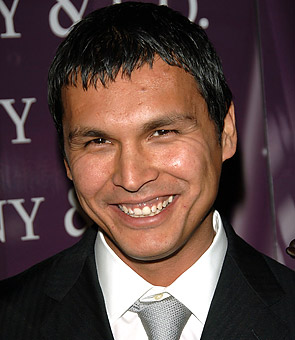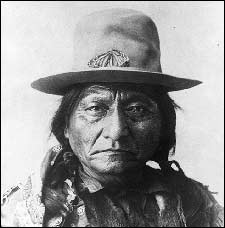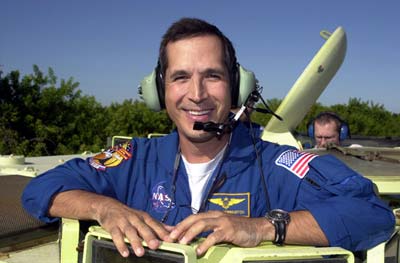By Imana Gunawan
“Describing a Native-American person can be such a broad spectrum, from the West Coast to the East Coast; everyone looks different,” said Corinna Tordillos, Office of Minority Affairs & Diversity (OMAD) Student Advisory Board (SAB) representative from First Nations.
With the surge of UW alerts over the past few months, members of the UW diversity communities were upset about the inclusion of racial descriptors in the alerts. Many believed these descriptions could promote pre-existing negative stereotypes about underrepresented minority groups.
First Nations Powwow Chair Maria Givens said she heard concerns about potential attacks on the Native-American community in response to this profiling when the culture’s ethnicity can be really ambiguous.
In a discussion between SAB and the UW Police Department (UWPD) on Monday, many OMAD members proposed including the description of a specific skin complexion before describing a race, especially pertaining to individuals of color. Tordillos said adding words such as “seemingly” before describing a certain race could prevent causing further scrutiny of certain ethnic minorities.
Below: I wonder which of these Native American men the suspect looked like.



Maybe like this suspicious-looking character?


2 comments:
The entire concept of race depends on having only a small sample size. You can find southern Africans with epicanthic folds, for instance.
It'd be so ironic if someone were busted because they looked like Ward Churchill.
Anon said "You can find southern Africans with epicanthic folds, for instance."
And millions of Africans are outright white, and many many more are more Caucasian than anything (though brown).
Post a Comment